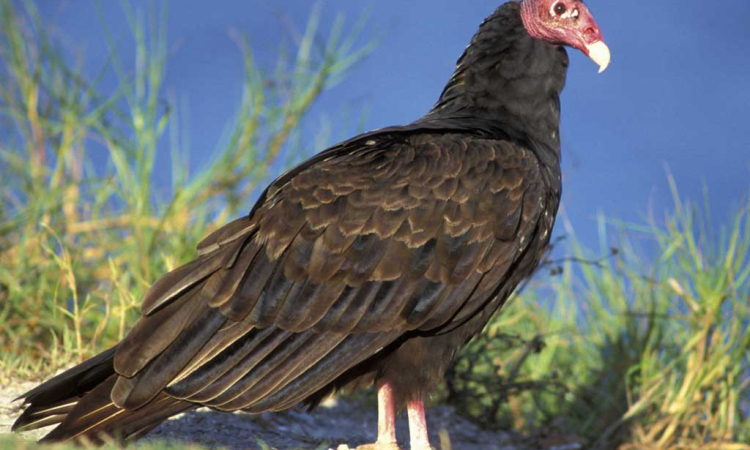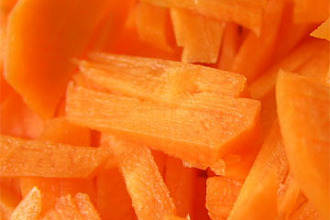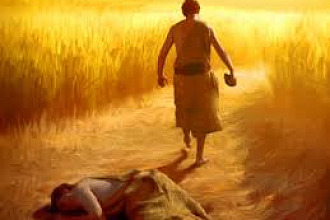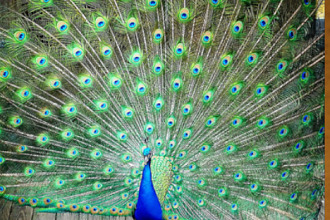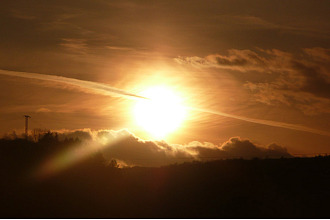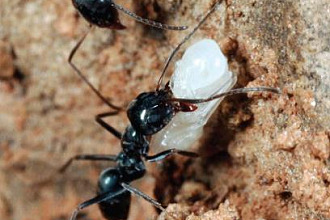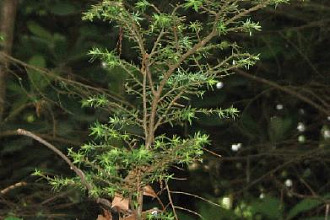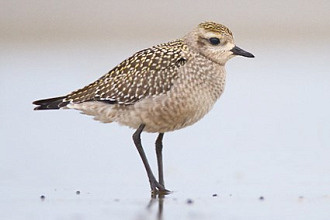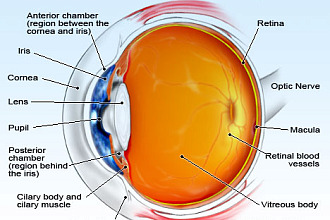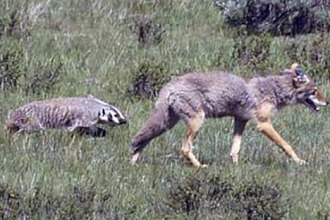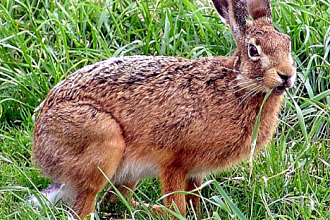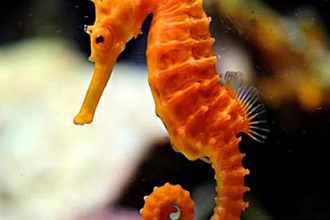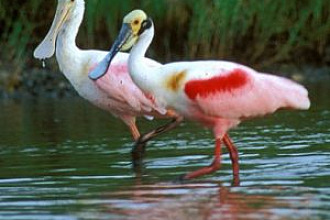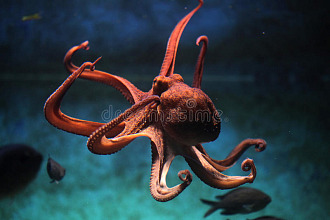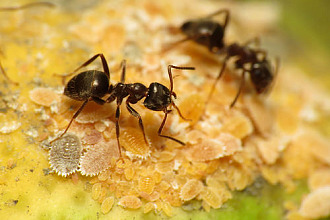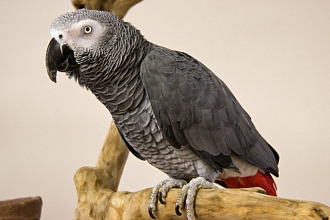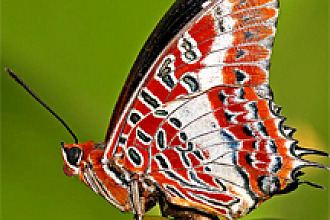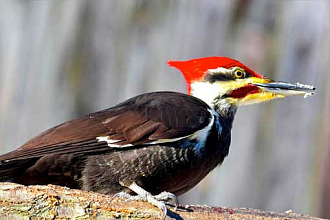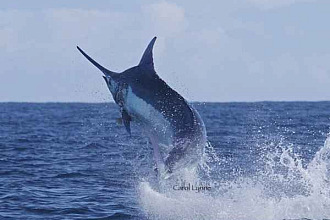The turkey vulture, who has some of the most amazing mechanisms to be found in a bird, was designed by a caring Creator to help deal with the emergency of decay and death caused by sin on this planet.
This sharp-eyed bird holds his wings up (a six-foot wingspan) in a slight V-shape to maintain stability and lift at low altitudes. You can watch him following the scent of carrion hidden under a canopy of branches and leaves. The dead creatures are only located by the vulture's extraordinarily keen sense of smell. It's a God-given not-by-accident gift!
Probably we've all seen a turkey vulture alight upon road kills. He steps into them and begins devouring the meat. The turkey vulture's sophisticated immune sys-tem includes powerful digestive juices which counteract the poisons in the meat they are eating. Now just a warning: Some of what will be shared next may seem repulsive at first, but as we examine a bit of the wisdom in the turkey vulture's programmed behavior, we are left in awe at the protection devised by the Creator for this "clean-up" bird. We'll begin with the vulture's elimination. Often when the turkey vulture urinates or defecates, he does so on his own legs! Those excretions can save his life because they contain powerful sanitizing agents and such strong uric acid that it kills harmful botulism and other toxins often found in dead ani-mals. Otherwise poisons might cling to the vulture's own legs and feet from when he steps into a carcass! Clearly a wise Creator was behind that not-by-accident elimination design.
The lack of head feathers on this large bird is another not-by-accident plan to meet a vulture's needs, because the bird plunges its red head deeply into the flesh of a dead creature. Since blood and body fluids from the carcass splatter, the vulture would have difficulty cleaning off head feathers. However, with a bald head, the bird is able to eliminate any contaminating filth by simply letting the sun bake it off!
Thank God for creatures designed to remove garbage and carrion on this death-filled earth!
However the turkey vulture does have enemies. But he also has a nauseous means of escape. In the presence of danger, adults (or babies whose parents regurgi-tated nourishment into them) simply vomit up a wad of smelly, material. Few non-scavenger animals will remain near such a revolting mass. The turkey vulture's protective not-by-accident defense mechanism does function well!
Now observations—First: Researchers have noted that when preference is given, a turkey vulture will choose the meat of herbivorous animals rather than that of dogs and other carnivores. Second: It was reported to us in Brazil that only another scavenger like a vulture or pig will eat the remains of a fellow scavenger! Other carnivores are programmed to know what is edible for them. However, for us humans, we're free to choose if we'll follow His good plans for us or not.
"NOT BY ACCIDENT" (c) Juanita Kretschmar is used by permission and was first published in the book "Not By Accident 2" page 43.
Picture originally found here

